Amid growing concern regarding the current federal funding climate for ocean science research, the National Science Foundation (NSF) just announced continued support for the Bermuda Atlantic Time-series Study (BATS) research program at BIOS. According to Dr. Nicholas Bates, Senior Scientist and Associate Director of Research at BIOS and Principal Investigator of the BATS project, “This represents about $14 million from NSF to BIOS over the next five years: approximately $6 million for research and roughly another $8 million to support science days at sea aboard the R/V Atlantic Explorer.” This announcement comes on the heels of a $4 million award from NSF last year to support Hydrostation S, the world’s longest-running hydrographic time-series, for another five years. Together, these two awards represent a significant commitment by NSF to ocean time-series off Bermuda.
National Science Foundation Commits $14 Million Dollars to Ongoing Research at BIOS
August 26, 2013
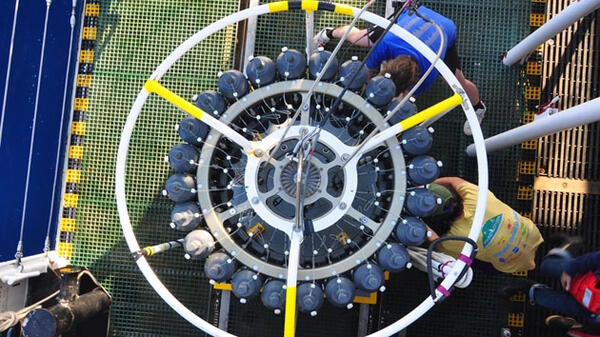
The BATS 25th Anniversary Cruise
November 27, 2013
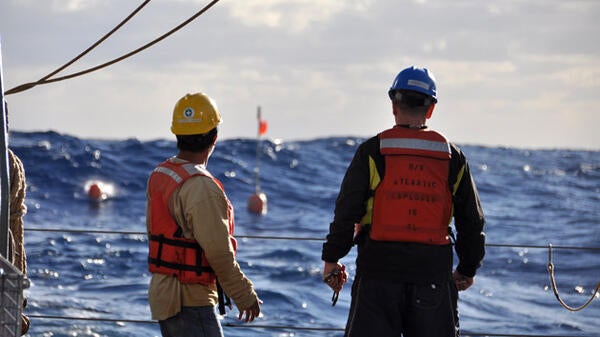
From October 18-25, 2013, a group of scientists and technicians were at sea aboard the R/V Atlantic Explorer on a very special Bermuda Atlantic Time-series Study (BATS) research cruise marking the program’s 25th year. Like many anniversary celebrations, this one involved cake (more on that in a bit!) but—unlike most celebrations—it also involved a variety of oceanographic science.
The Human Backbone of the Bermuda Atlantic Time-series Study (BATS)
November 27, 2013
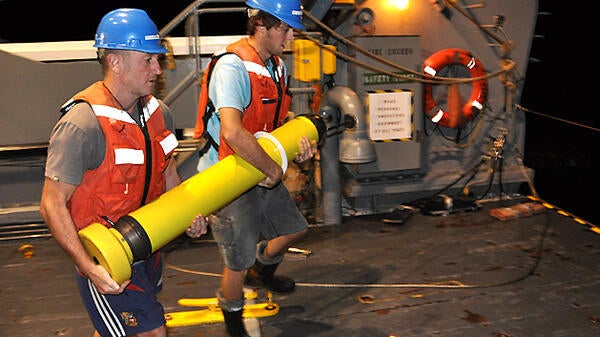
In the late 1980s Rod Johnson was working in the UK civil service—a “fantastic job” by his own account—when he attended a meeting concerning the Global Ocean Flux Study (GOFS). During this meeting a topic of discussion was how Bermuda and Hawaii would be pivotal in achieving the GOFS objectives of understanding biogeochemical variability in the oceans and the impact of climate change on these processes. At the time, Johnson’s girlfriend (Sarah), now his wife, had just moved to Bermuda and, in a move that would impact the course of his career, he decided to contact Dr. Tony Knap, then-Director of BIOS (at the time BBS), to inquire about employment opportunities.
The Bermuda Atlantic Time-series Study (BATS) Celebrates A Quarter Century of Science
November 27, 2013

In the late 1980s scientists at the Bermuda Institute of Ocean Sciences (BIOS) were looking for a way to meaningfully contribute to the Joint Global Ocean Flux Study (JGOFS). This international program involved the creation and maintenance of monitoring stations around the world, each collecting vast amounts of data on dissolved carbon in the ocean and carbon dioxide in the atmosphere. BIOS was already home to Hydrostation S (an ocean data time-series station established in 1954), but the scientists envisioned a time-series station that could provide long-term measurements from the open ocean off Bermuda.
A Trio of Presentations
February 26, 2018
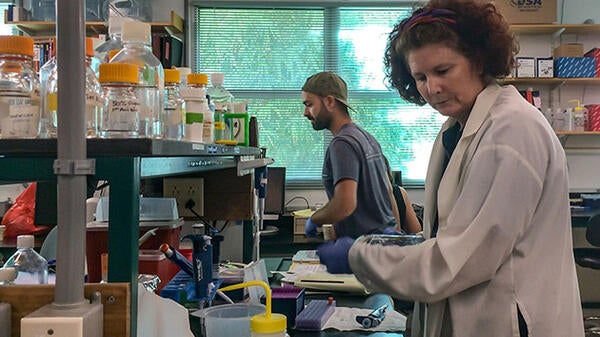
Three students who have worked as interns with BIOS microbiologist Rachel Parsons since 2016 will present their research findings this month at the Ocean Sciences meeting in Portland, Oregon.
High School Student Achieves Scientific Success at BIOS
March 27, 2018
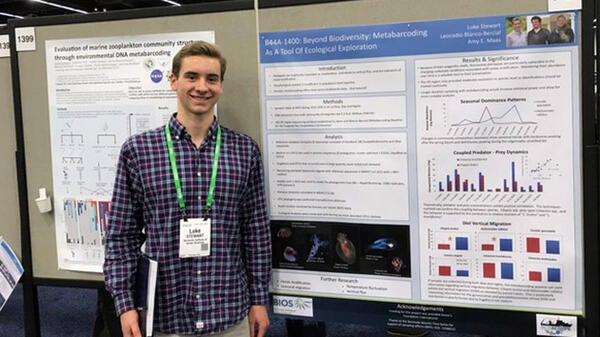
It’s not every day that you meet a high school student who already has three summers of scientific research, as well as a poster presentation at a professional scientific conference, under his belt. But Luke Stewart isn’t your average student.
A New Vehicle Tests Bermuda’s Waters
April 27, 2018
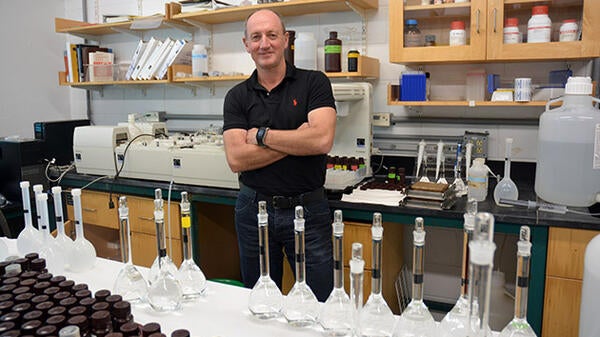
BIOS oceanographer Rod Johnson is the chief scientist on board a cruise this month offshore Bermuda using a new underwater vehicle designed to reduce costs and improve science efficiency at sea, while gathering samples for biological and chemical analyses from the ocean water column.
Celebrating 40 Years of the Oceanic Flux Program
April 27, 2018
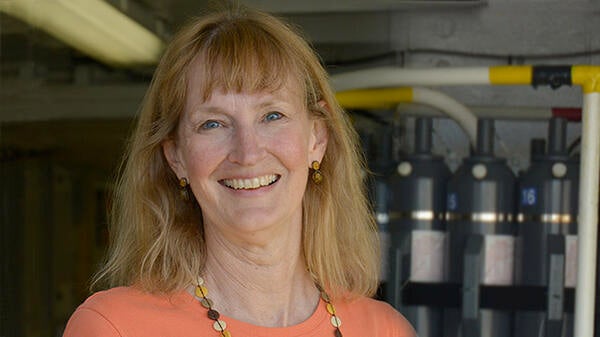
In April, the Oceanic Flux Program (OFP), the longest running deep ocean time-series of its kind, marked its 40th year of operation. Since 1978, the OFP’s three sediment traps have continuously sampled sinking particulate debris, called particle flux, at depths of 1,640; 4,900; and 10,500 feet (500; 1,500; and 3,200 meters) at a location about 45 miles (75 kilometers) southeast of Bermuda.
By the Numbers: A Look at BIOS’s R/V Atlantic Explorer
June 27, 2015
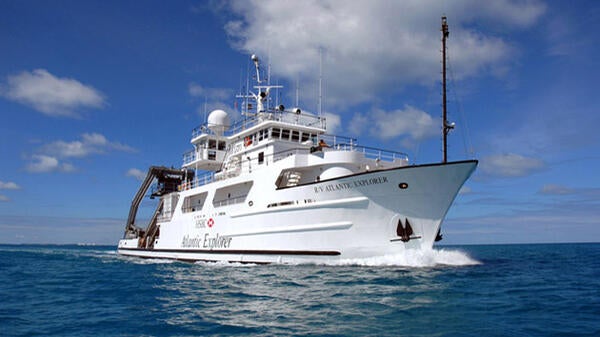
Ten years ago this fall, BIOS purchased a 168-foot submersible support ship from Harbor Branch Oceanographic Institute in Florida, reconfigured lab and deck space, modified it for science work offshore Bermuda, and 18 months later sailed the converted oceanographic research vessel into its new homeport in St. George’s, Bermuda. Since then, that vessel—renamed research vessel (R/V) Atlantic Explorer—has sailed tens of thousands of miles on behalf of BIOS scientists and hundreds of other researchers worldwide for science work and marine education initiatives.
In New Summer Course, Students Master Modern Methods at Sea
April 30, 2015
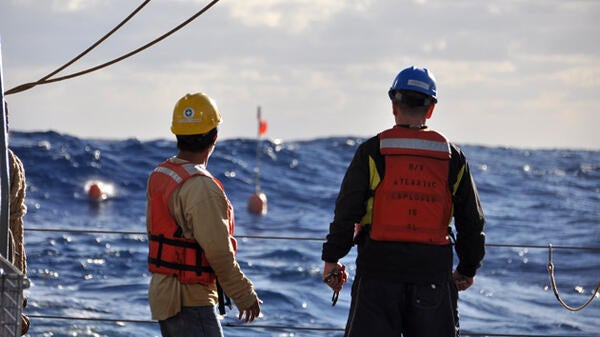
Within the contours of oceanographic data are the stories of great ocean currents, tiny plankton, and life-sustaining nutrients at the surface of the sea. University students learn to study ocean properties through plots and graphs of these data, but rarely do they get hands-on experience with the instruments that generated them. A new BIOS summer course aims to change that by introducing students to the methods and technologies that have become the bread and butter of modern oceanography.